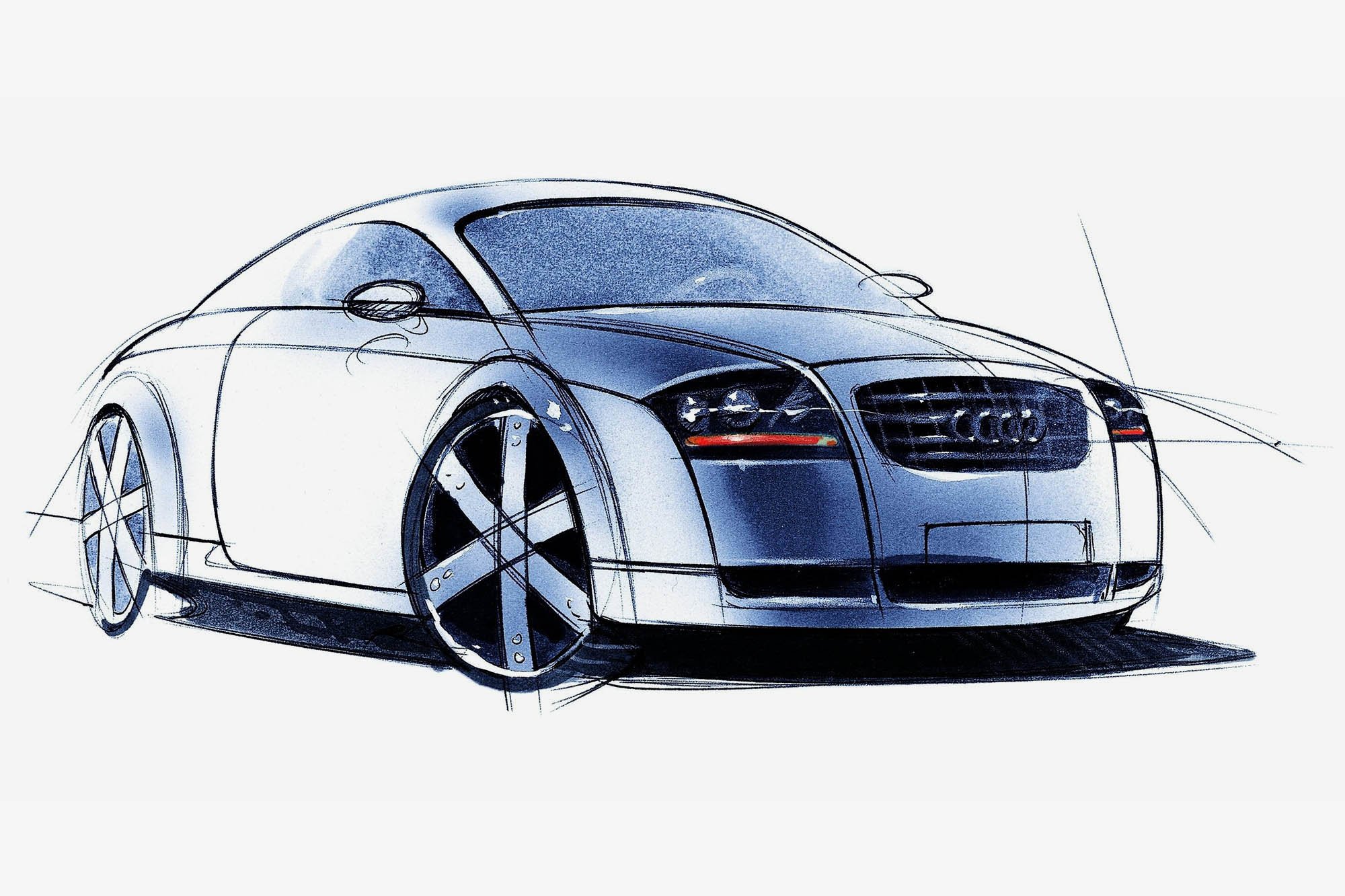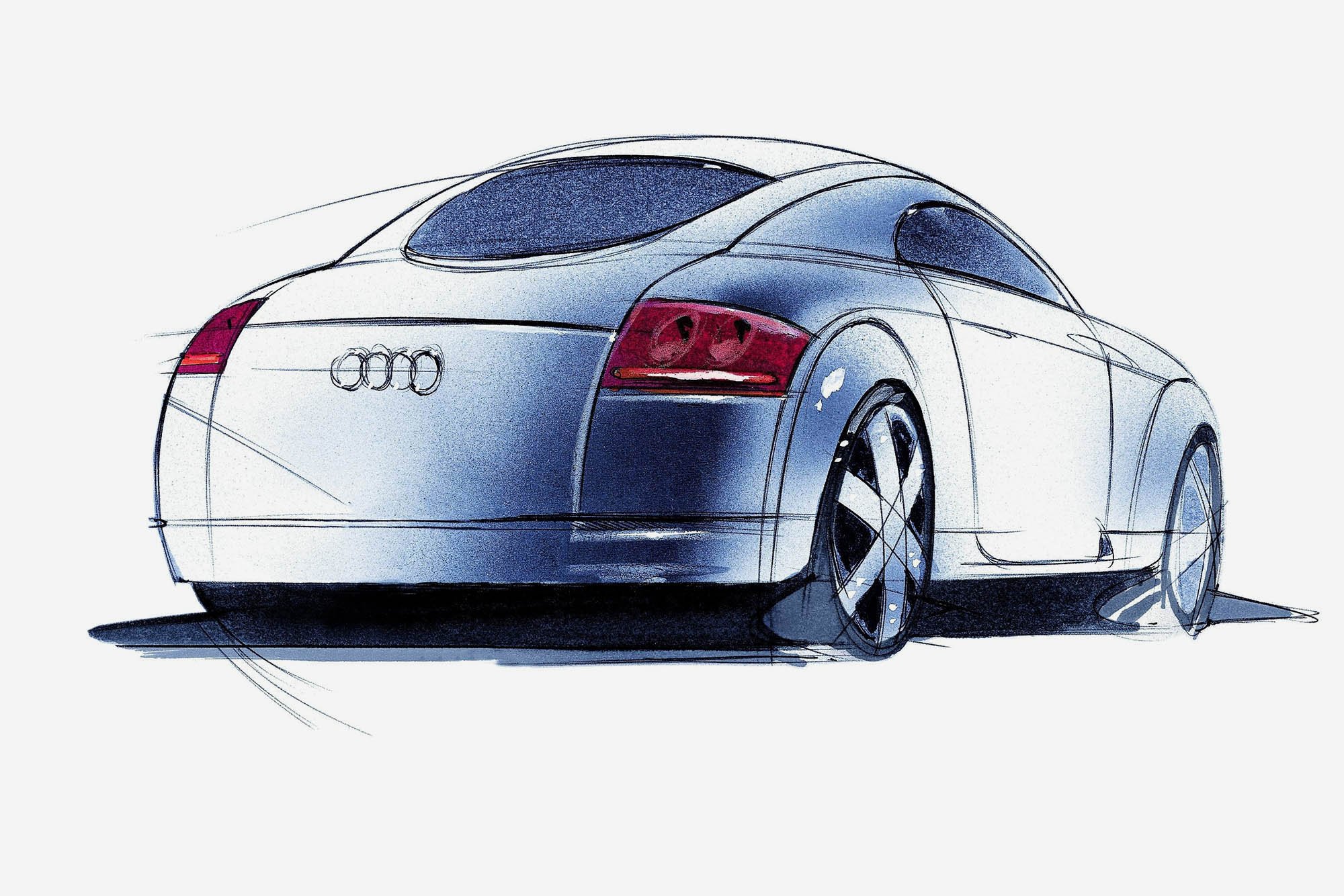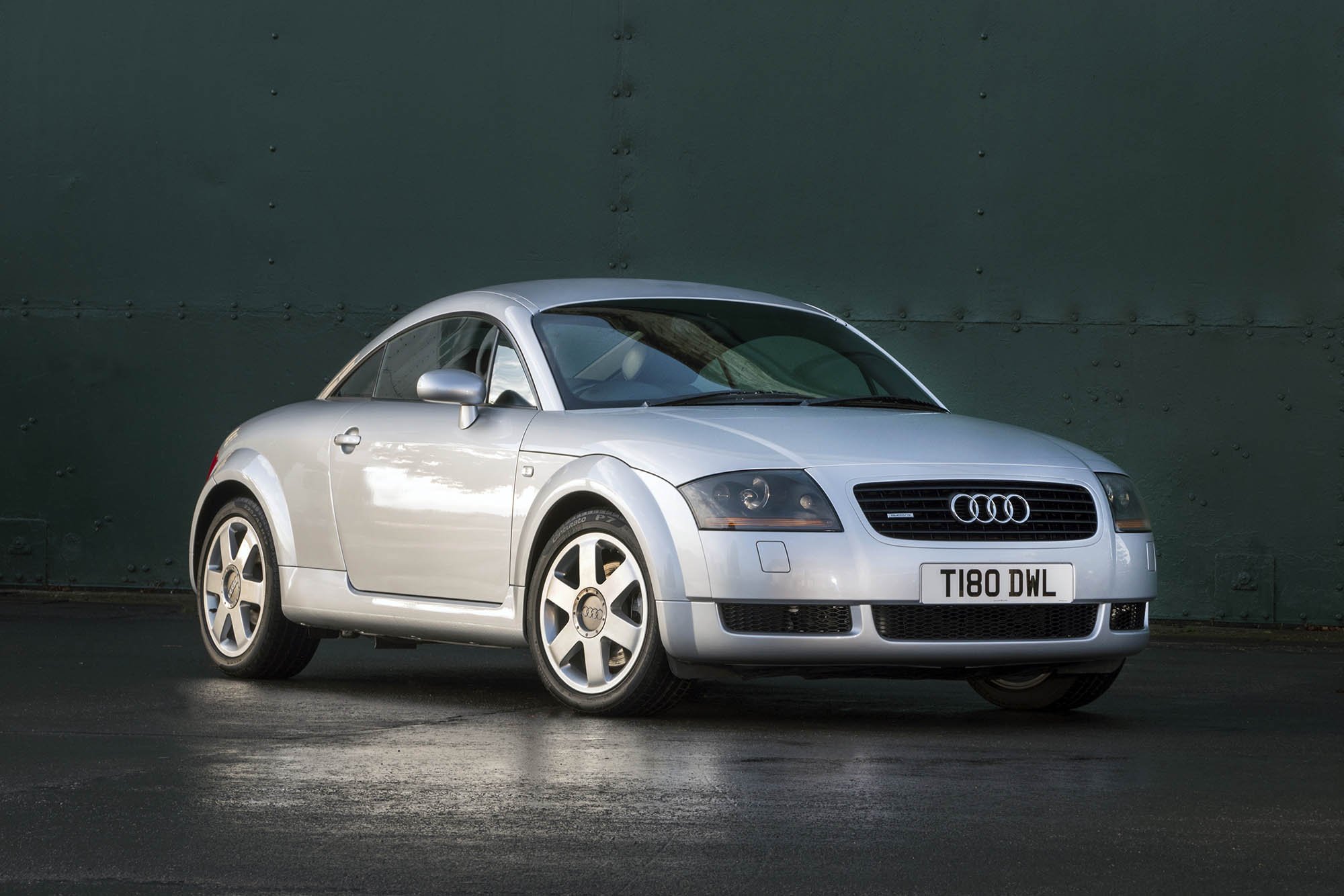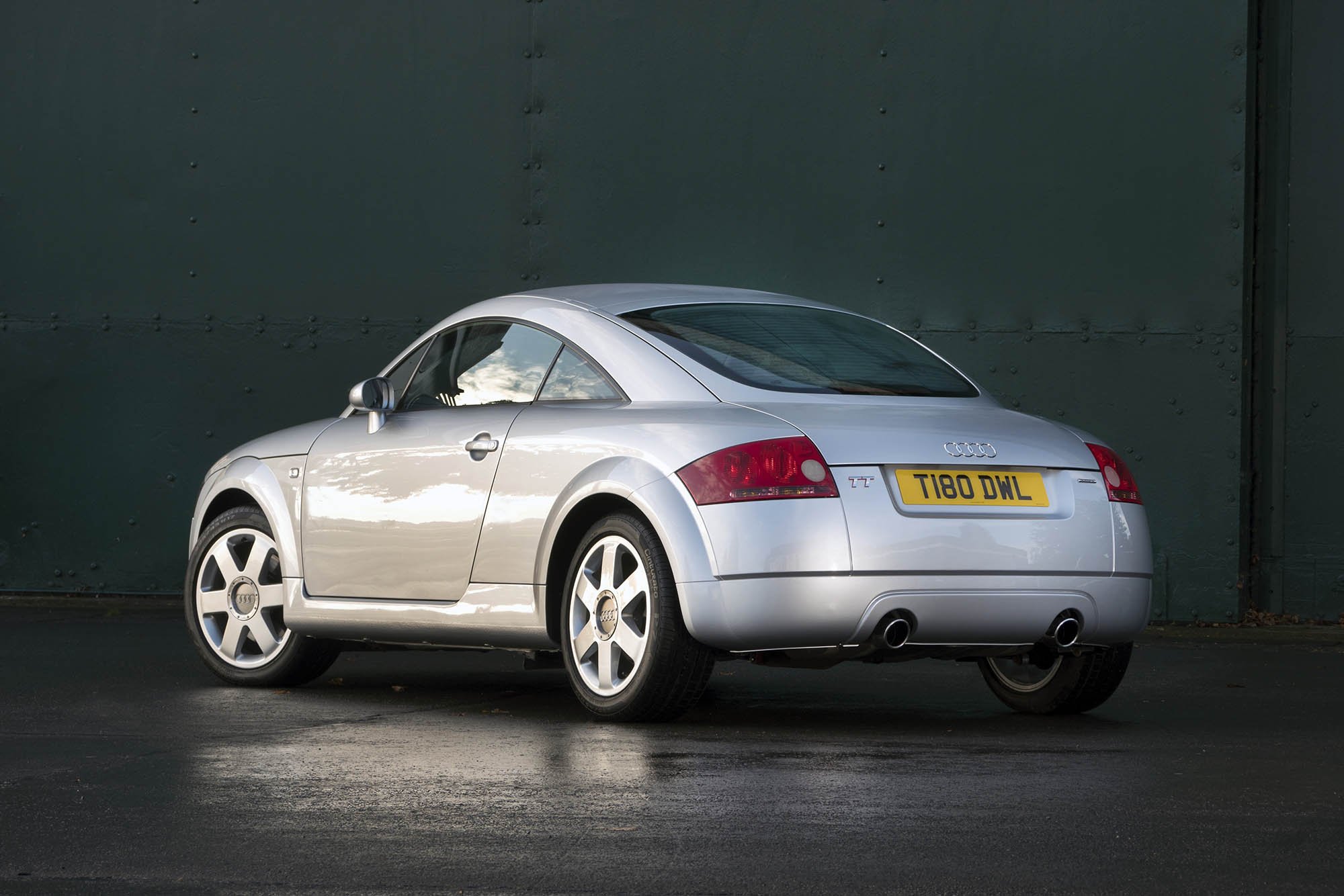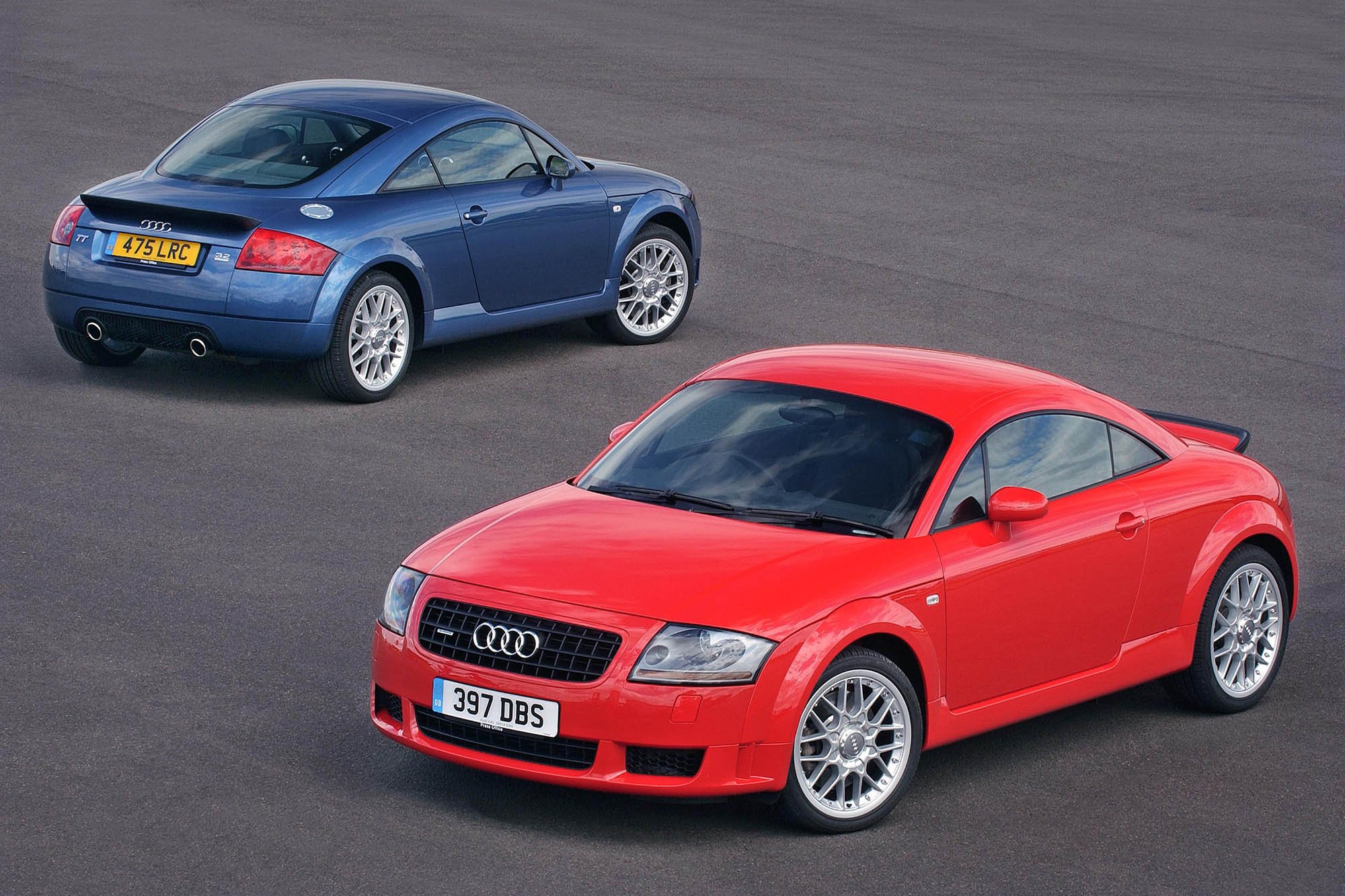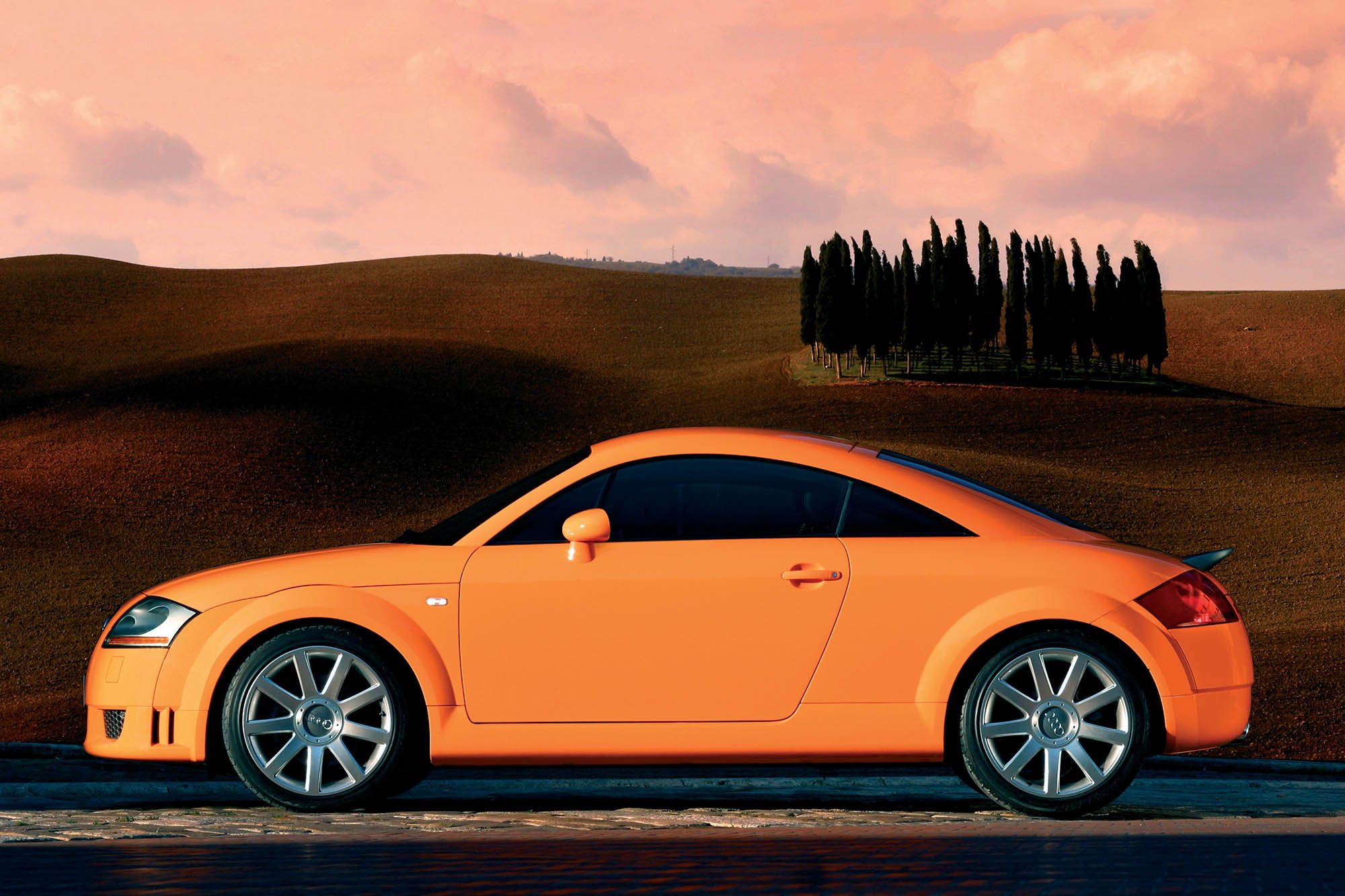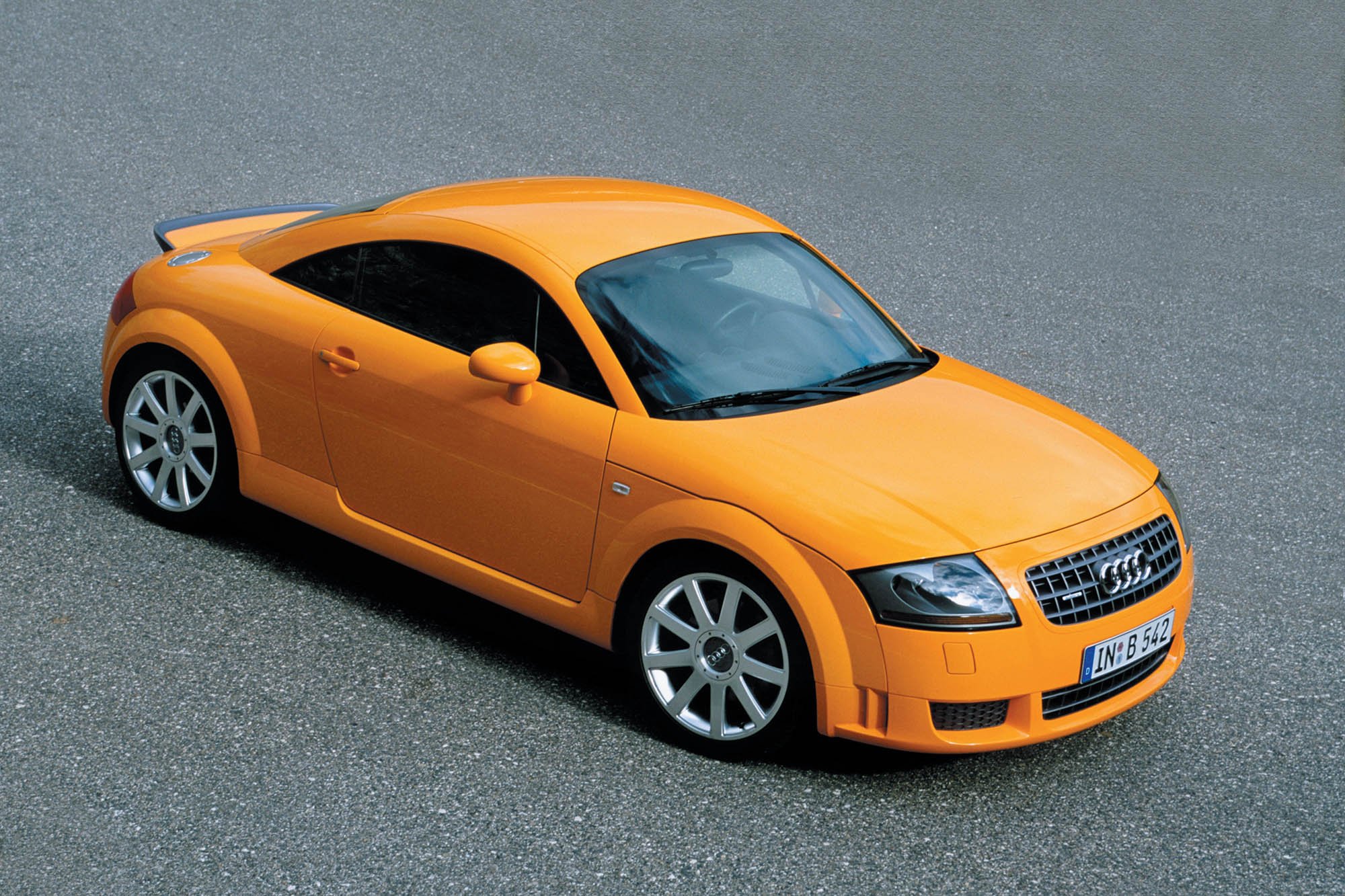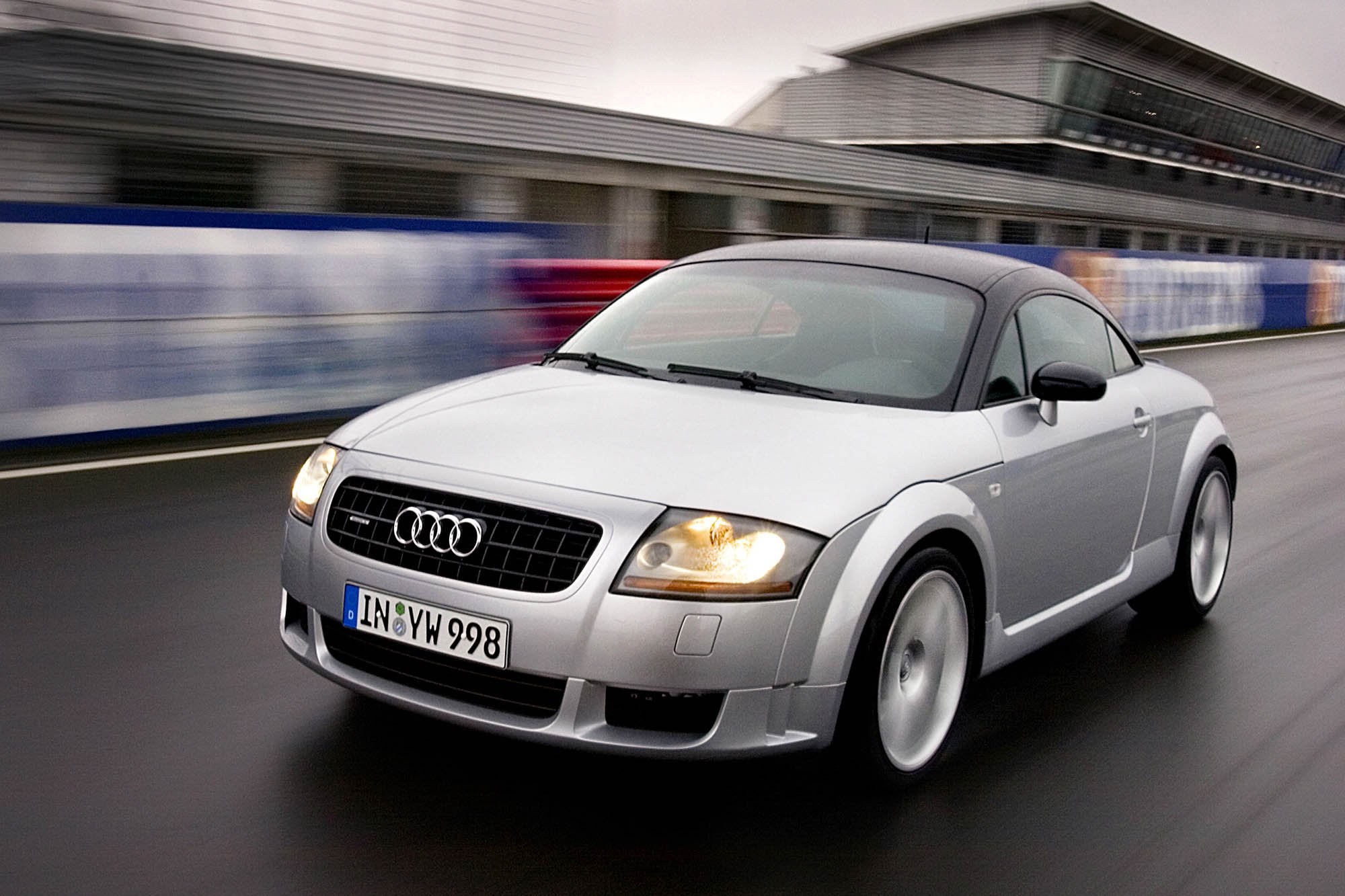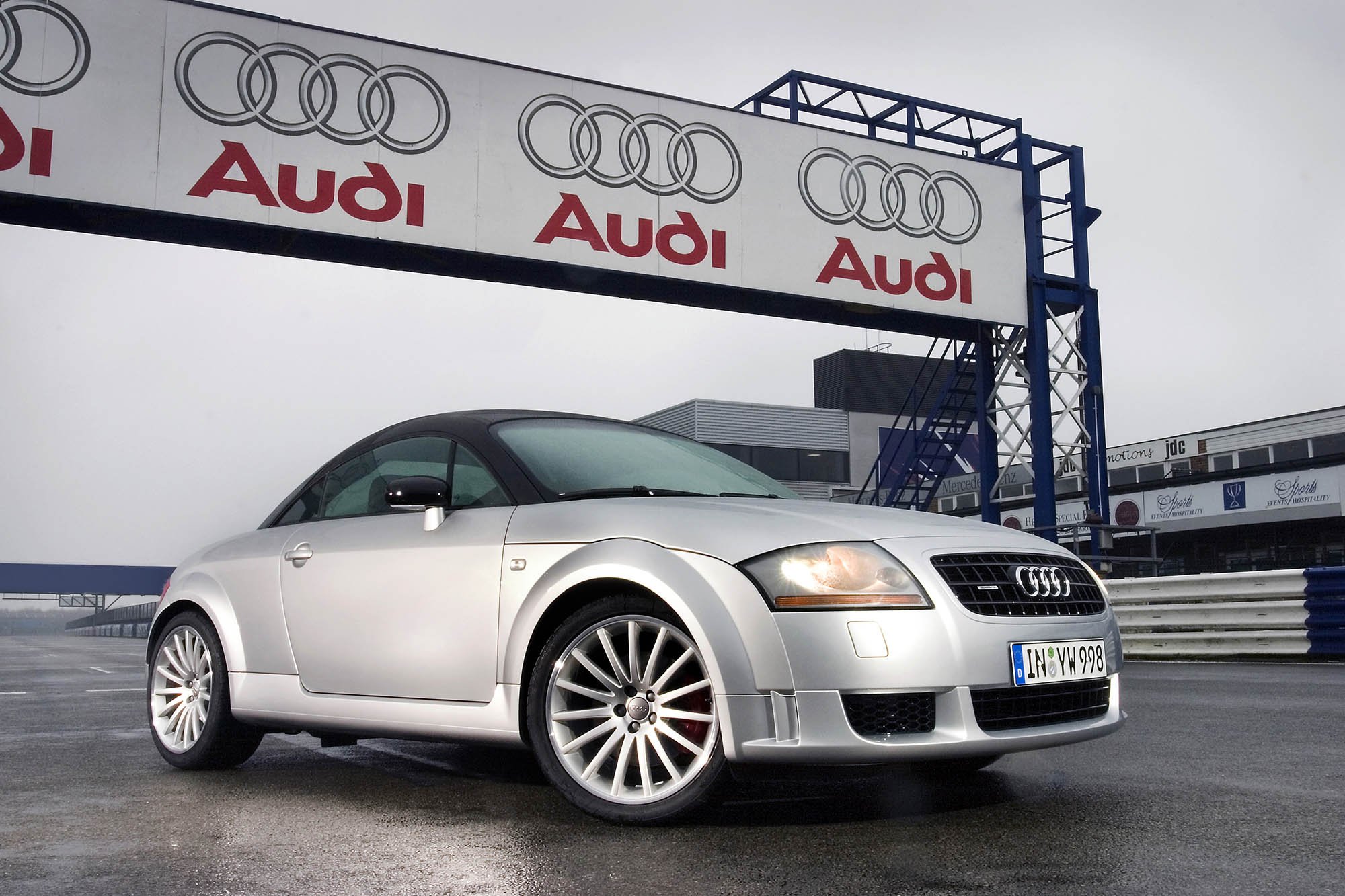Audi's TT turns 25
In the mid-1990s, the Audi A8 luxury model elevated the Audi brand to a higher level and gradually led to the renaming of the model series: The Audi 80 became the A4, and the Audi 100 was dubbed the A6. Introduced in 1994, the Audi A4 was the first model to embody Audi’s new design language. Next was the Audi A3 as their first premium compact car, launched in 1996, and the second generation of the Audi A6, introduced in 1997. In the course of evolving the brand through a fresh, progressive design approach, American designer Freeman Thomas, under the then Head of Design Peter Schreyer, created a puristic sports car in the Audi TT Coupé.
Audi then presented the study to an enthusiastic trade show audience at the IAA in Frankfurt in September 1995. The model name TT is reminiscent of the legendary Tourist Trophy on the Isle of Man, one of the oldest motorsports events in the world and one where NSU and DKW celebrated great successes with their motorcycles. The name TT also recalls the sporty NSU TT of the 1960s. The TT Coupé’s deliberate departure from the usual Audi nomenclature underscored the complete novelty of the model.
In December 1995, the decision was made to mass-produce the TT. Torsten Wenzel, the exterior designer at Audi who helped introduce the study to series production, recalls: “To us, the greatest praise was when the trade press noted appreciatively that not much had changed from the study to series model, although we did, of course, have to adapt many details due to the technical specifications for the series version, including the proportions.” Most noticeable was the integration of a rear side window, which elongated the car’s profile and increased the sports car’s dynamics. For Wenzel, the Audi TT remains “a driving sculpture, with highest-quality surfaces and lines.” The body of the Audi TT appears to be made from one piece, he says, and the front end without traditional bumper overhangs emphasizes its clear form.
Another design element contributes to the unmistakable silhouette of the TT: the circle – “the perfect graphic shape,” as Wenzel describes it. Numerous circular elements inspired the sports car’s exterior and interior design. Inspired by Bauhaus, every line in the Audi TT has a purpose, every shape a function. “At Audi Design, we always follow the philosophy of ‘less is more’. Bringing out the Audi TT Coupé’s unique character by reducing it to the essentials was a challenging and special undertaking for us designers.”
The range of engines in the first-generation Audi TT was broad and naturally always sporty. The first-generation TT, for example, came with four-cylinder turbo engines with a power spectrum from 150 to 225bhp and a V6 unit with 250bhp. A highlight of the engine range was the four-cylinder in the Audi TT quattro Sport which was boosted to 240bhp, and 1,168 units were produced. First-generation TT customers had plenty of choices when it came to selecting special equipment. In addition to exclusive colours such as Papaya Orange or Nogaro Blue, customers could equip the TT with factory-fitted special accessories. For example, the baseball glove design for the leather seats in the Audi TT Roadster, originally an eye-catcher in the show car, transitioned to series production. Over eight production years, 178,765 first-generation TT Coupés (Type 8N) rolled off the production line by mid-2006. Exactly 90,733 TT Roadsters were built between 1999 and 2006.
Photos © Audi

